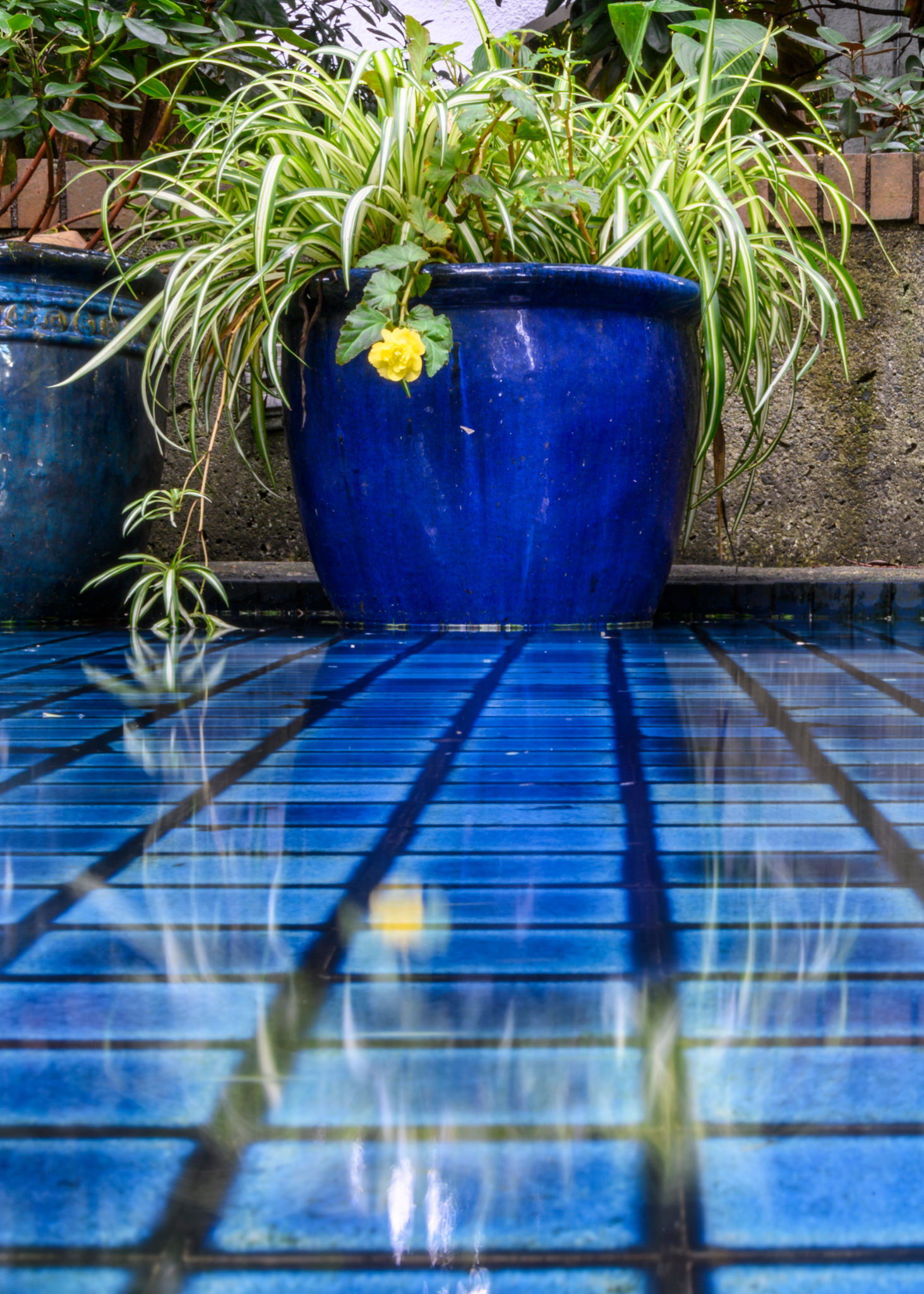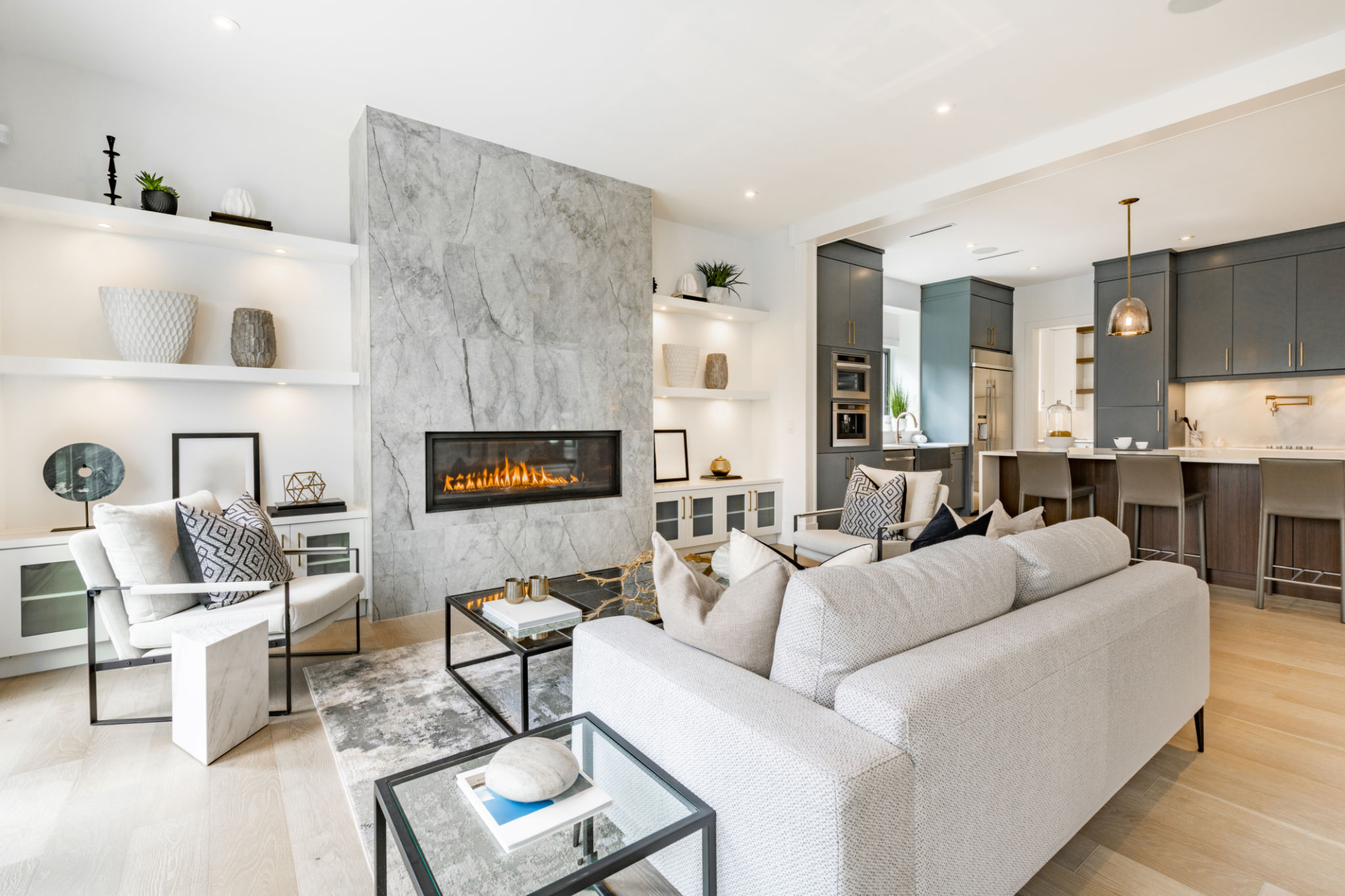How to Choose the Right Colors for Your Home’s Interiors
Understanding Color Psychology
Choosing the right colors for your home's interiors can significantly impact the atmosphere and mood of each room. It's essential to understand color psychology, which explores how different hues can influence emotions and behaviors. For example, blue is often associated with calmness and serenity, while red can energize and stimulate.
Before selecting colors, consider how you want each space to feel. Do you want your bedroom to be a relaxing retreat or your dining room to inspire lively conversations? Understanding these objectives will guide your color choices and ensure each room serves its intended purpose.

Considering the Room's Purpose
Each room in your home serves a distinct function, and your color choices should align with these purposes. For instance, neutral tones like beige or soft gray are ideal for a living room where you entertain guests, as they create a welcoming and versatile backdrop. In contrast, a home office might benefit from colors like green or yellow that can enhance concentration and creativity.
When selecting colors, think about how the room is used throughout the day. A kitchen that receives plenty of natural sunlight might look stunning in a cool white or light pastel, while a north-facing room could feel warmer with richer, deeper tones.

Creating a Cohesive Color Palette
To ensure your home feels harmonious, it’s crucial to create a cohesive color palette that flows seamlessly from one room to another. Start by choosing a primary color that resonates with you, then select complementary or analogous colors to complete the palette. This approach helps maintain a sense of unity throughout your home.
A common technique is to use the 60-30-10 rule: 60% of a dominant color, 30% of a secondary color, and 10% of an accent color. This method provides balance and ensures no single color overwhelms the space.

Testing Colors Before Commitment
Before committing to any color, it's wise to test them in the actual space where they will be used. Paint samples on walls and observe how they appear at different times of the day under various lighting conditions. Colors can change dramatically depending on the light source, so this step is crucial.
If painting large swatches feels daunting, consider using peel-and-stick samples or digital tools that allow you to visualize the colors in your space. This preliminary test ensures confidence in your final decision and minimizes potential regrets.
Embracing Seasonal and Trend Influences
While timeless colors provide longevity, incorporating seasonal trends can refresh your home's look. Keeping an eye on current color trends can spark inspiration and help you incorporate modern touches without compromising your style.
Remember, trends should enhance rather than dictate your choices. Use them as accents with items like pillows, throws, or artwork that can be easily updated when styles evolve.

Conclusion
Choosing the right colors for your home’s interiors is both an art and a science. By understanding color psychology, considering each room's purpose, creating a cohesive palette, testing colors, and embracing trends wisely, you can curate spaces that not only look beautiful but also feel perfectly suited to your lifestyle.
Ultimately, trust your instincts and personal preferences. Your home should reflect who you are and provide comfort and joy for everyone who steps inside.
